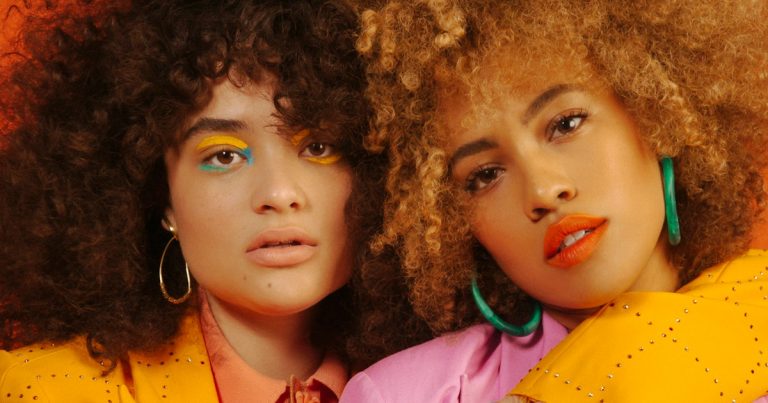In 2018, at the age of 23, Tyler Mitchell became the first black photographer to shoot the cover of American Vogue in its 125-year history. Since then, his career has expanded to include more major magazine covers, high-end fashion campaigns, art exhibitions, and most recently, his work in film and television with his deal with UTA.
Also in 2018, London-born Nadine Ijewere became the first Black woman to shoot the cover of British Vogue. For Chicago-born Dana Scruggs, her breakout moment came after her photos of track and field athlete Tori Bowie were featured in ESPN Magazine’s 2018 “The Body Issue,” making her the first Black woman to photograph an athlete for the publication’s annual issue. (That same year, Scruggs was also the first Black person to shoot the cover of Rolling Stone magazine.)
Mitchell, Ijewere, and Scruggs are just a few of the many Black image-makers behind the lens documenting and shaping our culture, and while their careers are already well underway with editorials, covers, and campaign deals, these major milestones are a testament to how far the fashion industry has come in terms of inclusivity and representation, both behind the scenes and in front of the camera.
“Through photography, I have the opportunity to create a different narrative, which is not only fun, but I feel it is my duty to document,” says Darrell Hunter, a street style photographer who has photographed catwalk goers and celebrities attending fashion weeks around the world. “If all you see in the mainstream media is people who look the same, you start to think there’s no one like you in the fashion industry, that there’s no place for you in the industry. There are so many people in the industry who hold incredible positions and have meaningful places in the industry: editors, brand managers, stylists, models, writers.”
According to Antoine Sargent, author of the 2019 book “The New Black Vanguard: Photography Between Art and Fashion,” a critic and author of the book, “We’re seeing a renaissance of black photography,” but there’s still a lot of work to be done.
“The fashion industry needs to put actionable initiatives and measurable steps in place around hiring and jobs for Black creators,” Hunter advises. Whether that’s internship programs that lead to jobs across the industry or grants to help Black designers better build their brands, funding is paramount. Hunter also emphasizes fair treatment in the workplace and holding non-Black employees accountable. (“Unfortunately, there are still plenty of stories of bullying and abuse at major fashion companies,” Hunter says. “Some people are putting up and staying quiet because they want the glamorous jobs, but at the same time, they’re feeling devastated inside. We need safe spaces for Black creators.”)
“Also, please share more examples of Black creatives at work, and not just during Black History Month,” he added. “It shouldn’t take a terrible loss being played out in front of the world for the industry to suddenly sit up and realize there’s a problem. These things need to be in place before that happens.”
Below, we’ve compiled a list of Black photographers you should know about now and keep spreading the word. Follow them on Instagram, support their creative projects, and continue to share and advocate for their work.


